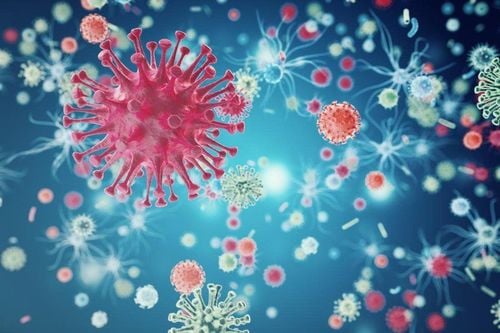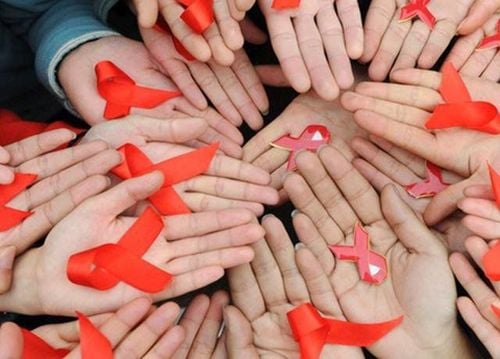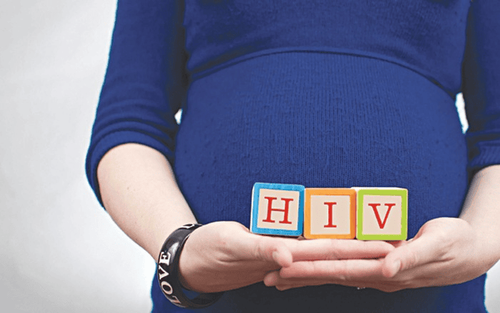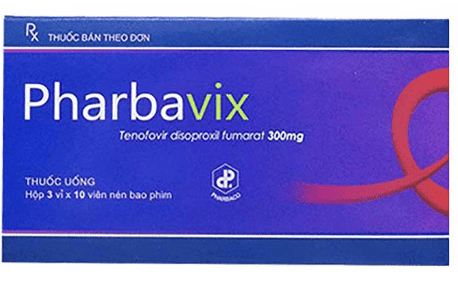This is an automatically translated article.
In Vietnam in recent years, there are nearly 3,000 children out of nearly 2 million new born each year at risk of HIV infection from their mothers. Fortunately, not every child born to an HIV-infected mother is infected with HIV. With proper prevention, care and monitoring, the number of HIV-infected children born to HIV-infected mothers will be significantly reduced.
1. Time of HIV transmission to children
An HIV-infected pregnant mother can transmit the HIV virus to her baby during pregnancy, childbirth, and while breastfeeding.
During pregnancy: HIV virus from the mother's blood will move through the placenta to enter the fetus's body. HIV transmission during pregnancy can occur as early as 8 weeks of pregnancy and persist throughout pregnancy.
During delivery: Mother-to-child transmission of HIV can occur during labor. Because when the baby comes out from the mother's genital tract to come out, it has direct contact with vaginal fluids such as: swallowing amniotic fluid, viruses in the mother's blood and vaginal fluids all contain HIV. About 50-60% of newborns get HIV from their mothers during this period. At the same time, a pregnant mother infected with HIV has an increased risk of transmitting HIV to her baby during childbirth in the case of difficult delivery, prolonged labor, broken soft tissues of the mother, scratched or traumatized fetus. ... For every hour since the water breaks, the risk of HIV transmission from mother to child increases by about 2%.
When breastfeeding: Even if the amount of HIV virus in breast milk is not high, there is still a risk of infection to the baby when breastfed babies are infected with HIV. When a baby is breastfed, the HIV virus in breast milk can penetrate through the baby's mucous membranes, tongue, and gums and infect the baby with HIV, especially in the case of an infection in the oral cavity. Or in cases where the mother's breast is infected, cracked or when the baby is biting teeth and causing bleeding, HIV can be carried through the blood into the baby's mouth, penetrate through the oral mucosa, tongue and cause HIV infection for the baby.
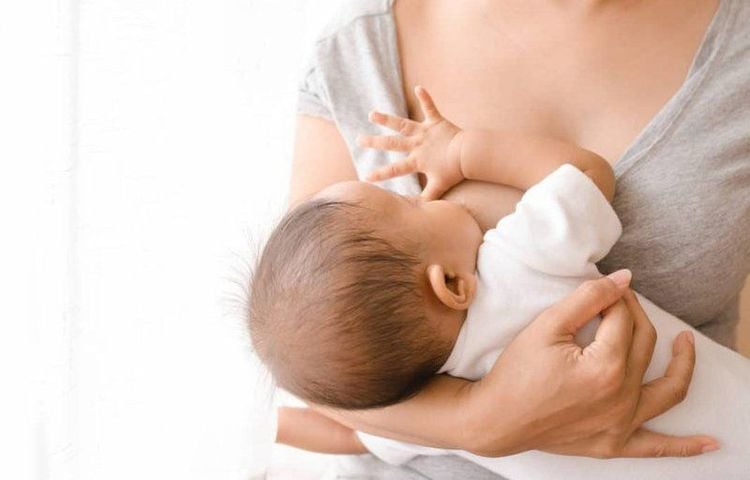
Virus HIV có trong sữa mẹ
2. Taking care of children right after birth from an HIV-positive mother
The process of taking care of a child born to an HIV-positive mother will be much more difficult than that of other normal children. Therefore, many issues need to be paid attention and clear orientation in the nurturing process to help limit the possibility of HIV transmission from mother to child as follows:
After the baby's head comes out, take a soft towel with rapid isotonic serum impregnation. After the child's whole body comes out, completely dry the child's body. Wait for the umbilical cord to stop beating and then clamp the umbilical cord for the baby. After about 30 seconds, if the child is not able to breathe on his own, it is necessary to aspirate the child. When smoking needs to be gentle and careful, to avoid causing injury to the baby, the chances of the newborn being infected with HIV are very high. Bathing babies born to HIV-infected mothers as soon as possible is beneficial. Antiretroviral treatment for children to prevent HIV infection, because according to statistics, about half of children born to HIV-positive mothers will die within the first 2 years of life. The use of formula milk as a substitute for breast milk is essential when caring for infants born to mothers with HIV, which helps to reduce the rate of mother-to-child transmission of pathogens. Absolutely do not give your baby breast milk and formula milk at the same time because it will increase the risk of HIV infection for the newborn.
3. What can be done to eliminate the risk of HIV infection for children?
For pregnant women infected with HIV, receiving a positive HIV test result also affects psychological well-being. Therefore, they need physical and mental care as well as access to interventions to help prevent mother-to-child HIV transmission. Specifically:
3.1. During pregnancy Complete counseling before and after HIV testing. Counseling on nutrition during pregnancy and postpartum nutrition; about risks and possible disadvantages during pregnancy, childbirth, including future child-rearing and care
Counseling, emotional support, practicing safe behaviors to prevent HIV transmission from mothers children and those around them. Simultaneously, training in ARV drug readiness and ARV drug adherence practice.
3.2. During delivery Ensure aseptic principles in obstetrics. Limiting procedures: amniocentesis, cesarean section, electrode placement, early amniotomy. Bathing the baby immediately after birth.
3.3. After giving birth, administer a full dose of ARV to the mother if the mother and child are discharged from the hospital early. Forward the case to an adult HIV care and treatment facility for the mother to receive long-term care and treatment.
Care and continue preventive treatment for children.
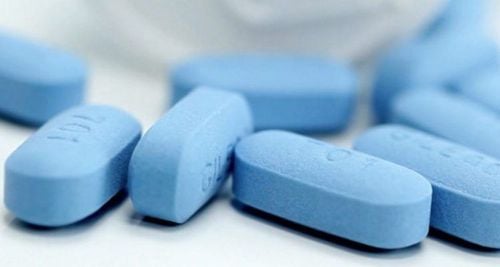
Thuốc ARV trong điều trị HIV
Dispensing adequate doses of ARV drugs for children and instructing mothers or caregivers to practice adherence to ARV treatment for children. In case of necessity, make an appointment for a follow-up examination for medicine and further advice.
Refer children to HIV care and treatment facilities for children for long-term care and follow-up, when the child is 4-6 weeks old. If the child is orphan, encourage the family to continue taking care of the child or refer the child to orphanage care centers.
Regarding vaccination, after birth, children need to be vaccinated according to the same vaccination schedule as normal children. The vaccines should be vaccinated such as: Hepatitis B vaccine, tuberculosis vaccine.
3.4. Breastfeeding after birth Although breast milk is the best source of nutrition for infants and young children. However, because HIV virus can be passed through breast milk and passed to the baby, HIV-infected mothers should not breastfeed their babies but should breastfeed their babies instead of breast milk.
Absolutely do not give babies born to HIV-infected mothers who are both breastfed and fed with substitute milk, because the rate of HIV transmission to their children is highest in those who both breastfeed and feed their babies with replacement milk, after Only those who breastfeed exclusively.
To register for examination and treatment at Vinmec International General Hospital, you can contact Vinmec Health System nationwide, or register online HERE
MORE:
3 possible times mother-to-child HIV transmission Prevention of mother-to-child HIV transmission Caring for and nurturing infants born to HIV-infected mothers





